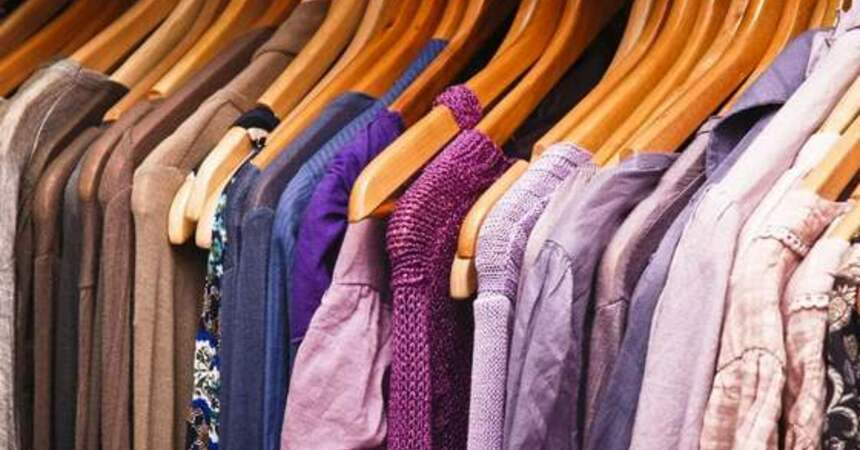Basically, it’s a worldwide practice: you’re welcome at the market once you have all the approval documents. EAEU countries are no exception. The market of Russia, Belarus, Kazakhstan, Armenia, and Kyrgyzstan is always a great opportunity for the manufacturers across the globe to import their products.
One of the most profitable types of goods is clothes (T-shirts, jackets, shoes, dresses, sweaters, shirts, coats, etc). It is imported literally every day and still gains popularity. What a wide choice of clothes we can observe in our malls and shops!
Features of the testing procedure
Unlike some types of products that allow to accept the foreign test reports (for example some electronic devices), the necessary testing for clothes is the law of the Eurasian Economic Union, so all clothes for adults that’s to be imported to EAEU countries must undergo the procedure of testing and eventually get either a Declaration of conformity or a Certificate of conformity to the TR CU 017/2011 “On safety of light industry products”. The document depends on the type of clothes. The steps of getting a certificate and a declaration differ to some extent, what the common thing for both of the documents is testing.
The tests are not as simple as might seem. The products are subject to numerous tests. It is important that all the test results are positive. Even one failed test will result in total fail, so the product shall not obtain its approval document and therefore cannot be imported. High quality and safety first!
One of the crucial issues here is the necessity that the actual information about clothes matches the information that is claimed by the manufacturer.
For example: if a T-shirt is 100% cotton, the manufacturer should mention 100% cotton for the certification as well. If they claim something different in this case, the tests will definitely fail. Why does that happen? It’s all about the GOSTs (national standards).
The standards imply different testing techniques for different materials. That is why it’s absolutely important to be aware of all materials used in the product – for all its parts as some types of clothes may contain lining, padding, etc.
Let’s take a brief look at some general tests that are applied to all types of clothes:
- Water absorption (sometimes referred to as hygroscopicity). It is the ability of textile materials to absorb water vapor from the surrounding atmosphere and keep it under certain conditions. The water absorption of textile materials depends on the relative humidity and temperature and does not remain constant;
- Qualitative and quantitative determination of the composition. There are several ways to determine the composition of the product depending on its chemical properties. Some of them include fire (sometimes the way something burns may explain a lot about the material), water, chemical substances (chemical reactions are widely used in the laboratories) or other natural or artificial resources. The fibers are usually investigated with microscopes.
- Breathability. The ability of fabrics to allow air to pass through to provide ventilation of clothing, creating a certain gas and moisture composition under the underwear space. Here’s an interesting fact: even the same material may have different breathability, because it’s all about the way the fibers are braided;
- Toxicity. It’s a hygienic indicator reflecting the impact of water and air extracts from the investigated samples on the life of a biological test system, which allows to assess the general toxic effect of living cells without a detailed analysis of the quantitative content of toxic substances
There are definitely more of them, and all might sound interesting. And that explains why the tests always take 2 weeks to be completed and several samples for each position are required.
WorldWideBridge has a good experience in issuing the Declarations and the Certificates to the TR CU 017, so we will be delighted to answer all your questions regarding the certification procedures of clothes for the EAEU countries.
By Dmitry Kondratsky
Certification Specialist. EAEU / CIS Department
